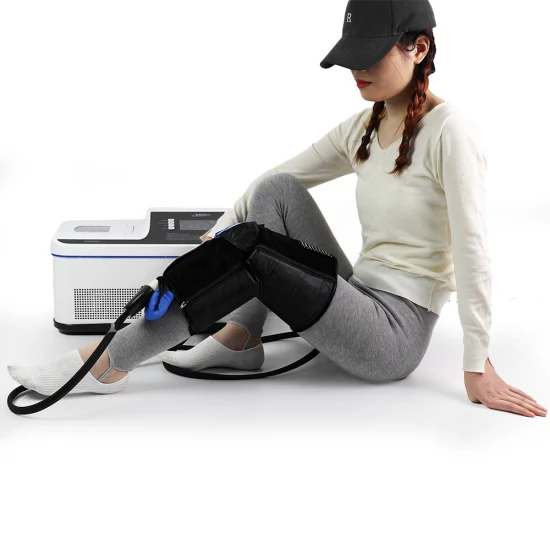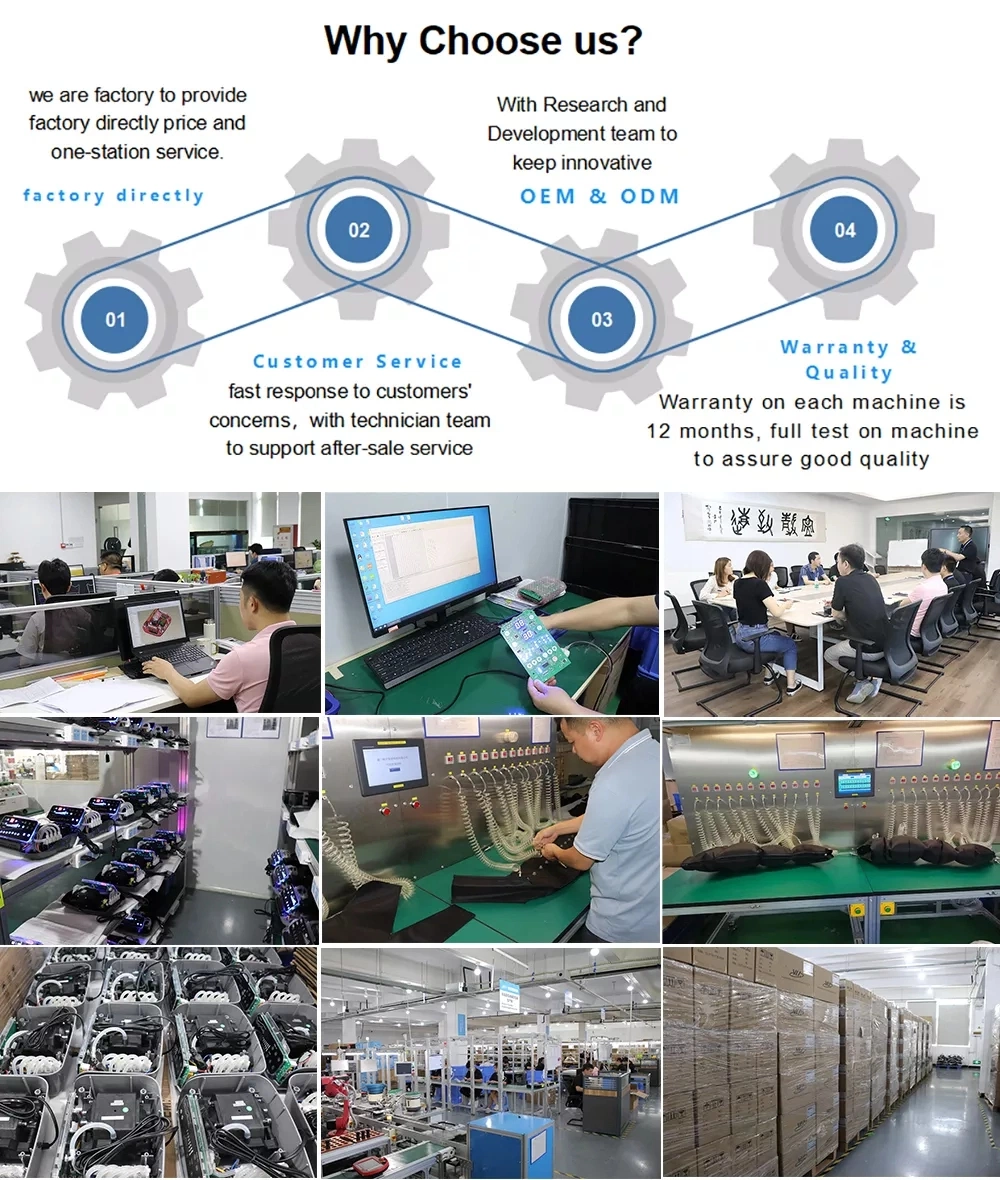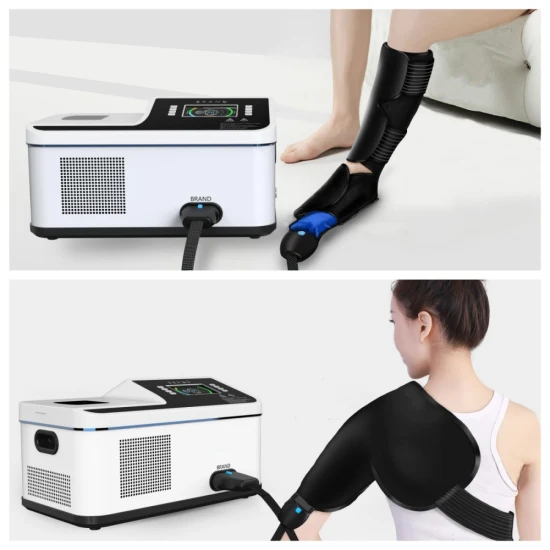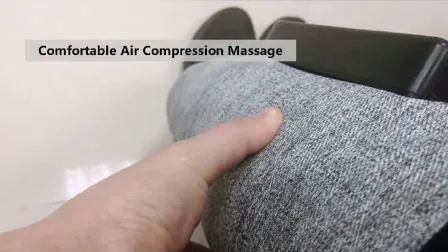
Sports Recovery Cold and Hot Compression Therapy Device for Aid Recovery
Description
Basic Info.
| Model NO. | VU-COT01 |
| Machine Size | 50*28*28.5cm |
| Optional Application Area | Knee, Ankle, Abdomen, Elbow or Shoulder |
| Working Voltage | DC 12V |
| Pressure Range | 30-120mmgh |
| Application | Leg Arm Waist Shoulder,Foot and Calf |
| Transport Package | Device and Cuffs Packed in a Trolley Bag |
| Specification | 50*28*28.5cm |
| Trademark | VU or customized |
| Origin | Xiamen |
| HS Code | 901910100 |
| Production Capacity | 3000 |
Product Description
Product Description
1. Cold compression therapy, also known as cryotherapy, involves the application of ice or a cold pack to the affected area. The cold temperature causes vasoconstriction, which reduces blood flow to the area, helping to decrease inflammation and swelling. Cold therapy is often used to treat acute injuries such as sprains, strains, and bruises, as well as chronic conditions such as arthritis.2. Hot compression therapy, also known as thermotherapy, involves the application of heat to the affected area. Heat increases blood flow to the area, which helps to promote healing by delivering more oxygen and nutrients to the tissues. Heat therapy is often used to treat chronic conditions such as muscle pain and stiffness. Both cold and hot compression therapy can be applied using various methods such as hot or cold packs, heated or cooled pads, or wraps. 3. Cold and hot compression therapy are two common techniques used to reduce pain, swelling, and inflammation in different parts of the body. Cold therapy, also known as cryotherapy, involves the use of cold temperatures to reduce blood flow to the affected area, thereby decreasing inflammation and swelling. On the other hand, hot therapy, also known as thermotherapy, involves the use of heat to increase blood flow to the affected area, thereby promoting healing and relaxation. Detailed Photos
Applicable Scene/Channel
Orthopedic or Sports Medicine Wards
Rehabilitation Clinics
Pain Clinics
Applying Cold & Compression therapy in Acute Phase:
The device is fully in line with "RICE (Rest, Ice, Compress, Elevate)" principle, which can effectively reduce exudation, swelling and pain, inhibit inflammation.
It conforms Enhanced Recovery After Surgery (ERAS) preoperative and postoperative treatment regimen, which could reduce postoperative complications, promote rapidrecovery of patients, shorten hospital stay, and save total medical spends.Applying Hot & Compression therapy in Chronic Phase:
Accelerates local blood circulation and basic metabolism / Eliminates local inflammation and swelling / Relieves pain Promotes wound healing
Application in Sports Fields
Applying Hot & Compression therapy before sports activity Increases blood flow to the affected area to promote healing and flexibilityReduce chronic pain
Applying Cold & Compression therapy after sports activityHeal acute sports injuriesReduce acute pain and swelling


Our Contact





